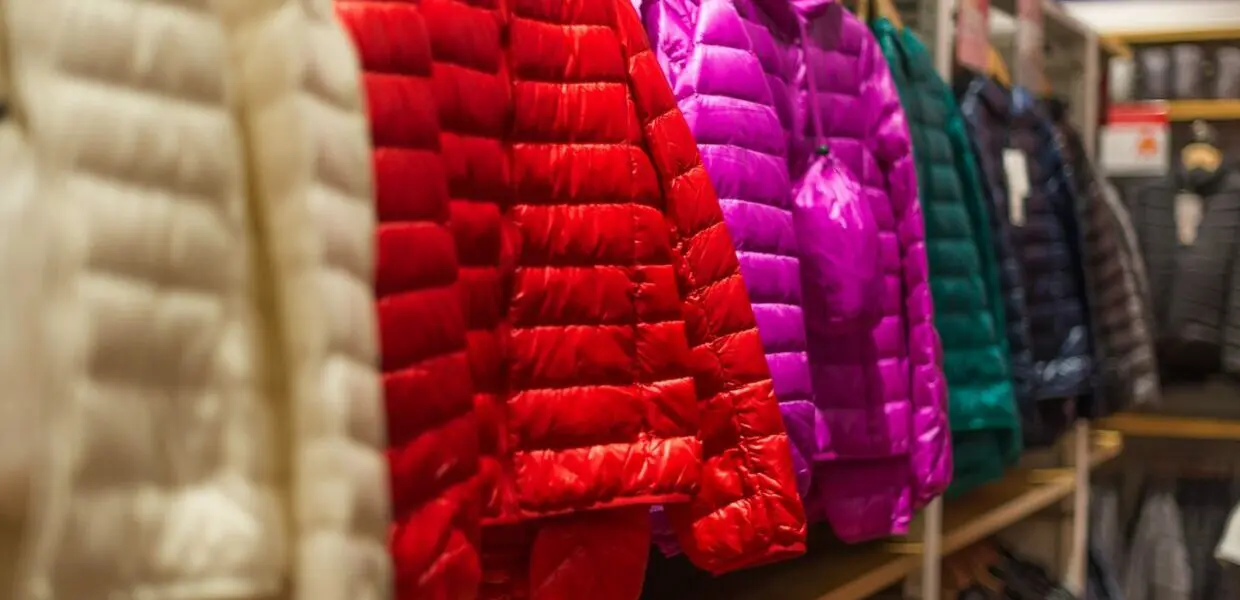
The Impact of Demographics on New Zealand’s Retail Industry
Retailers in New Zealand are increasingly turning their attention to the demographic changes taking place across the country in order to best meet the needs of their customers. Understanding how population changes, such as ageing populations and immigration, will affect the future of the New Zealand retail industry is critical for understanding where retail opportunities lie.
Ageing Population
New Zealand’s population is ageing, with the median age rising to 38 years old in 2018. This is an increase from 34.4 years in 2007, and the trend is expected to continue. This demographic shift has major implications for New Zealand’s retail industry, both in terms of consumer spending habits but also in how retail operations must adapt.
The most notable consequence of New Zealand’s ageing population is the decrease in spending on clothing, footwear and accessories. As people age, they tend to purchase fewer luxury items and clothing, and focus more on home furnishings and health-related purchases. In order to stay competitive, retailers need to focus on selling items that cater to an ageing demographic, such as items for the home or health-related products.
Immigration
Another demographic change in New Zealand is the influx of immigrants from many different countries. In 2018, immigrants made up 28.8% of the total population, and this figure is projected to increase in the years to come. This change will bring with it a huge opportunity for the retail industry.
Immigrants bring with them different tastes and preferences, and New Zealand’s retailers must adapt in order to best serve this new customer base. For example, expanding product range to include foods that cater to a variety of ethnic tastes, stocking popular brands from the countries of origin of the immigrants, and incorporating different languages into customer service and marketing.
Retailers must also consider the cultural differences of their immigrant customers. This means taking into account the different norms of shopping behaviour and the expectations of customer service. Adapting to these changes requires a shift in the way they operate, but this presents unique opportunities to gain a competitive edge.
Adapting to Changing Demographics
In order to take advantage of the demographic changes in New Zealand, retailers must be willing to adapt their operations. This includes:
- Investing in technology: Retailers need to invest in technology such as online ordering, mobile apps and digital marketing to better serve their customers.
- Developing customer loyalty:Retailers should focus on developing long-term relationships with customers by offering loyalty programs and personalised services.
Retailers must also respond to the changing needs of their customers by offering a wide range of products that cater to different age groups and ethnicities. Offering a diverse selection of products will ensure that retailers are able to capture a larger share of the market.
In conclusion, demographic changes in New Zealand present both challenges and opportunities for the retail industry. Those that are willing to adapt their operations to take advantage of changing demographics are the ones that will reap the rewards. By investing in technology, understanding customer needs, and offering a diverse range of products, retailers will be able to stay ahead of the competition.



